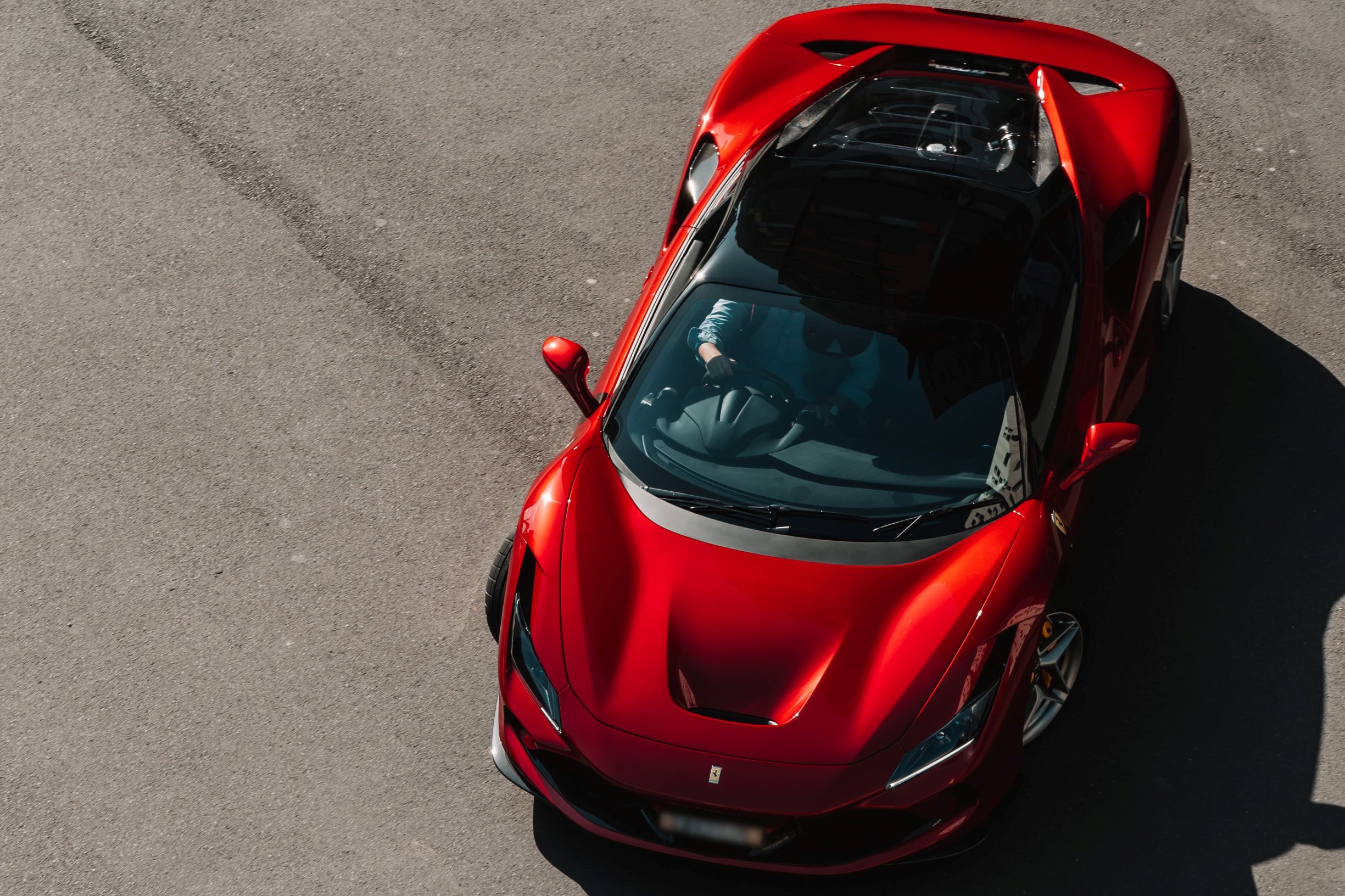
We’ve spent this week looking back at some of the driving highlights of 2021. Now, on the last day of 2021 it’s time to celebrate the best of the best.
There are the five cars that really stood out to us during this year, each with their own unique appeal. Here are our choices – let us know what your favourite review of 2021 was in the comments or on social media.
Porsche 911 GT3
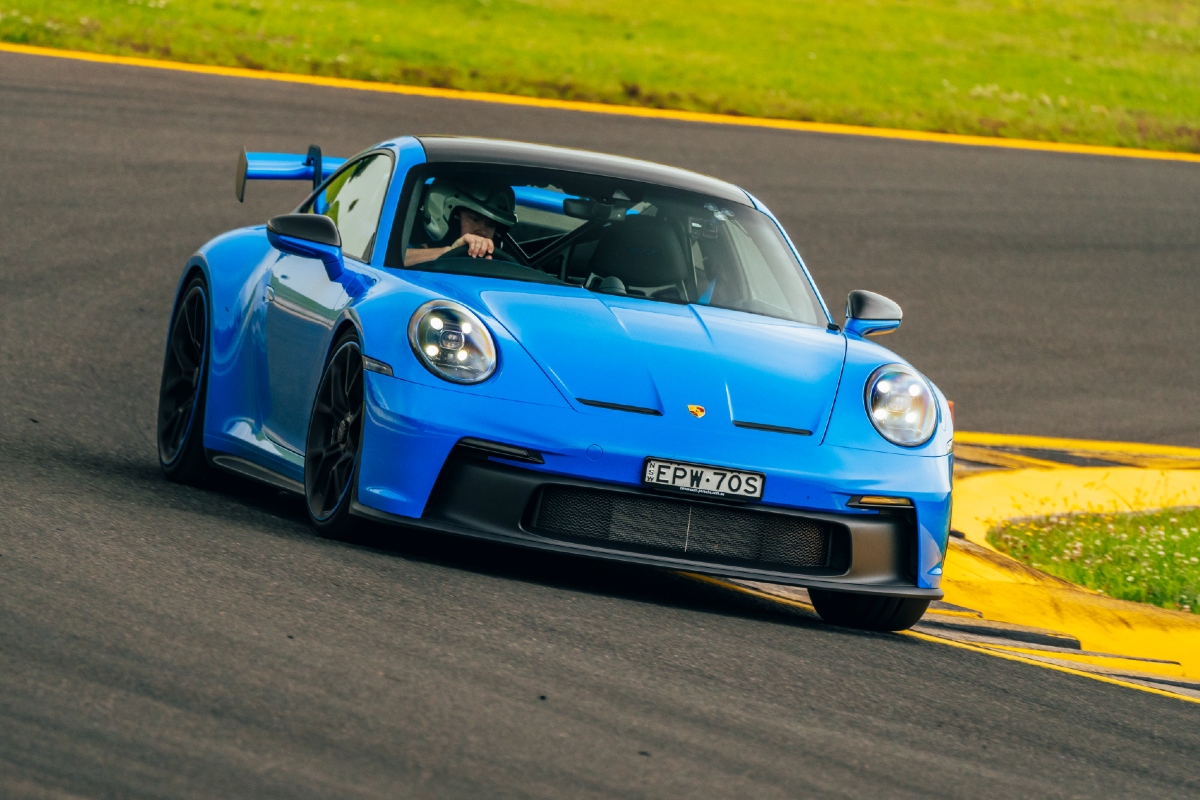
A very unsurprising choice, we’ll admit, but a thoroughly well-deserved one. The latest addition to the 992-generation of the 911 range, the GT3 is the ultimate sports car for those who want to get the closest experience to a race car.
The new GT3 shares plenty in common with the newest Carrera Cup car, including its 4.0-litre flat-six engine – which makes 375kW of power and 460Nm of torque – as well as double-wishbone suspension and a swan-neck rear wing.
We’ve only sampled it on the track so far, but it took to Sydney Motorsport Park with the kind of speed and precision you’d expect from a race car.
There are few cars in the world that can really hold a candle to the 911 GT3 in terms of pure driving pleasure.
Read our 2021 Porsche 911 GT3 Track Test here.
Ferrari F8 Tributo
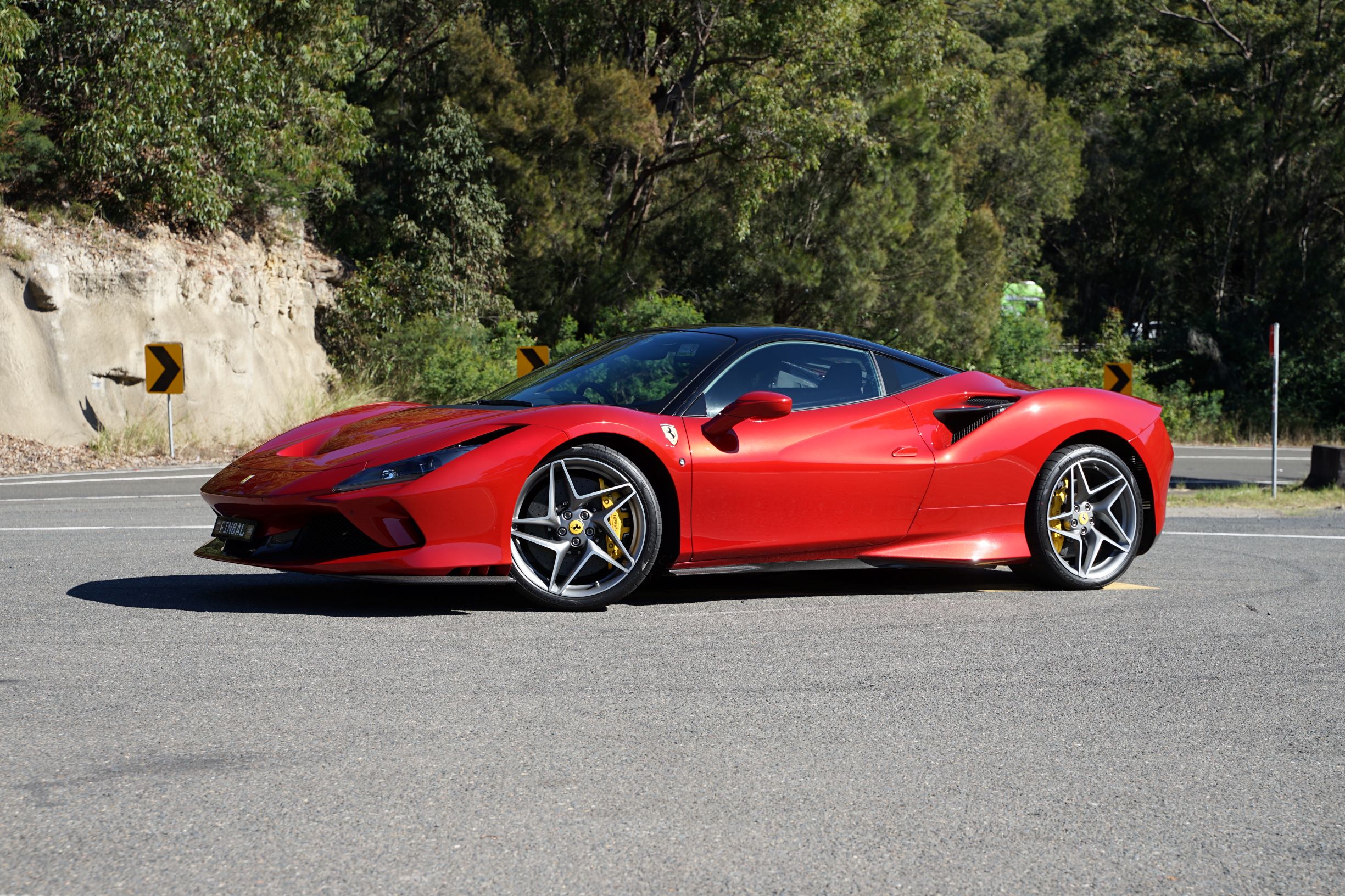
But one of those cars that can compete with the 911 GT3 might just be the F8 Tributo, seemingly Ferrari’s last mid-engine V8 of this kind. Unlike the Porsche, we only drove the F8 on the road, but it still impressed deeply with its performance, poise and composure.
Its performance was intense, pumping out 530kW/770Nm from its twin-turbo 3.9-litre V8, which is enough to make it feel ludicrously quick whenever you put your foot down.
This immense power is backed up by a chassis and aerodynamic package that features learnings not only from the likes of the track-tuned 488 Pista but also the famous Italian brand’s Formula 1 team.
As we wrote at the time: ‘Beyond the intangible though, the F8 is a genuinely addictive car to drive. There’s a reason Ferrari is steeped in mystique – it’s because it makes great cars.’
Learn more about the Ferrari F8 Tributo with our in-depth review.
Land Rover Defender 110

The British brand faced a near-impossible task with the all-new Defender – replacing a true automotive icon after nearly 70 years. So they didn’t try to replace it with a new model, instead they chose to completely reinvent it and come up with something that retains elements of the original but is radically different.
The new Defender features a familiar silhouette and some obvious design cues from the boxy original, but underneath it’s a totally modern Land Rover – with more in common with the current Discovery than the old Defender.
It’s still a very capable off-roader and will get you and your family well off-the-beaten path, but it will also negotiate the urban jungle with far more comfort than the old model.
The combination of design, comfort and capability made it the stand-out SUV of 2021.
Read more about the 2021 Land Rover Defender 110 here.
Skoda Octavia RS Wagon
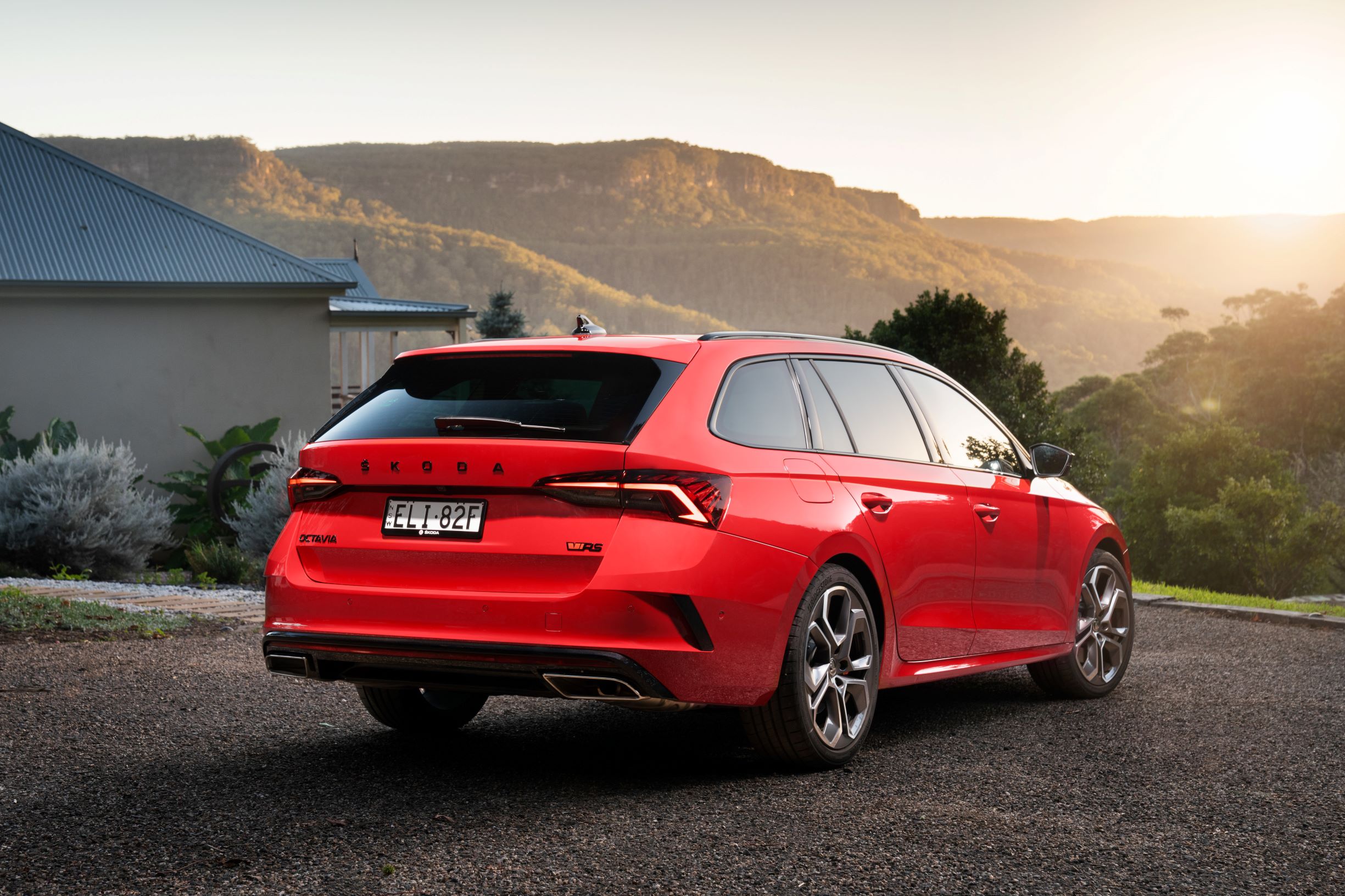
Yes, a wagon is on our list of the best cars of 2021. Wagons may not be the coolest cars in many people’s eyes, but for those who need praciality but value performance and handling the Octavia RS Wagon is hard to beat – and is a cut-above this new breed of performance SUVs.
Effectively a Volkswagen Golf GTI in a unique Czech body, the Octavia RS has both plenty of performance and space.
Making 180kW/370Nm from its 2.0-litre four-cylinder turbo engine, the Octavia RS also has a nicely-tuned chassis that makes it feel like a smaller, more agile car in the corners.
Inside it not only has more space than its hot hatch competition, but it’s also got more style and sophistication, with a interior design that rivals luxury cars.
Read our full 2021 Skoda Octavia RS Wagon review here.
Hyundai i30 Sedan N
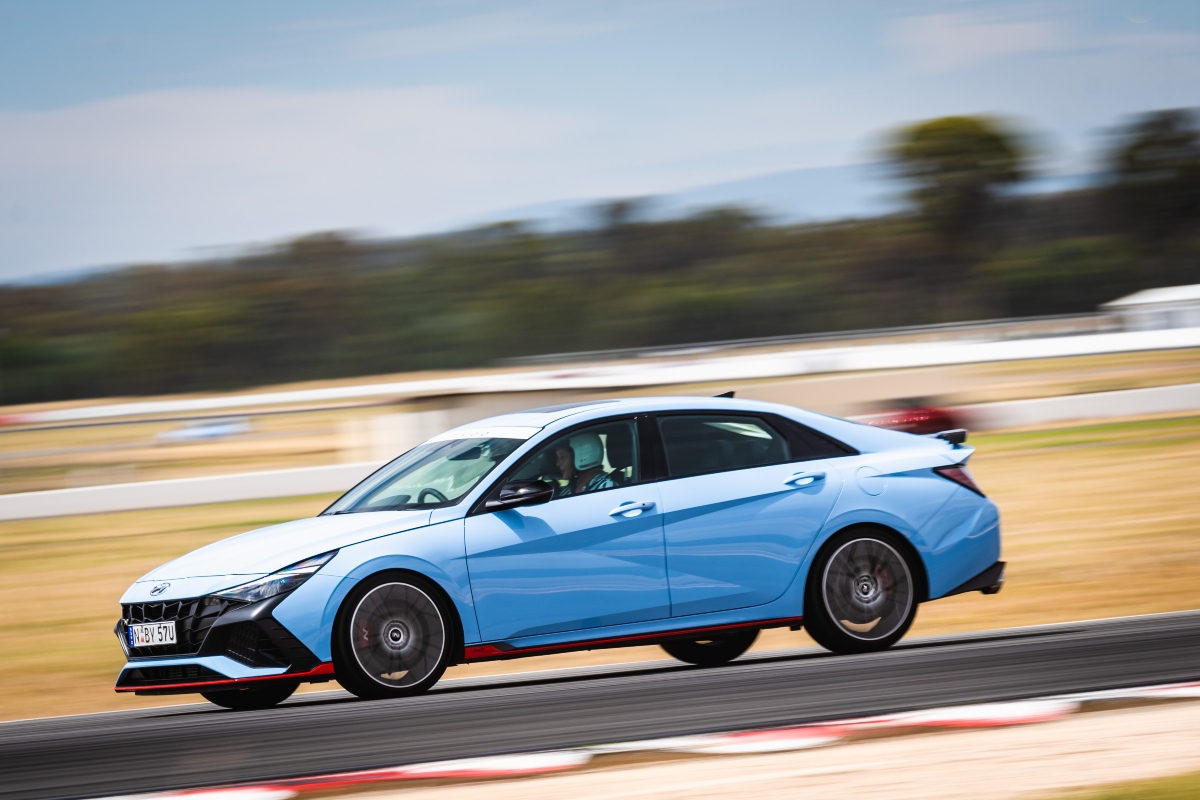
To say 2021 was a big year for Hyundai and its N sub-brand would be a huge understatement. This was the point the South Korean giant has been working towards since the creation of the N brand in 2013; when the company began competing in the WRC. It launched four new models this year, and saved the best until last.
The updated i30 N came first and was soon joined by the compact i20 N and Kona N SUV, and then finally came the i30 Sedan N. While the four-door body-style may not be the most-desirable it sits on a newer and slightly larger platform than the i30 N hatch, which means it drives very differently; despite sharing the same 206kW/392Nm 2.0-litre turbo and eight-speed dual-clutch transmission.
It feels much more grown up, with a more stable nature on both the road and track, than the hatch. As a result it feels like genuine progress from Hyundai’s N division and suggests a bright future for the brand.













Discussion about this post